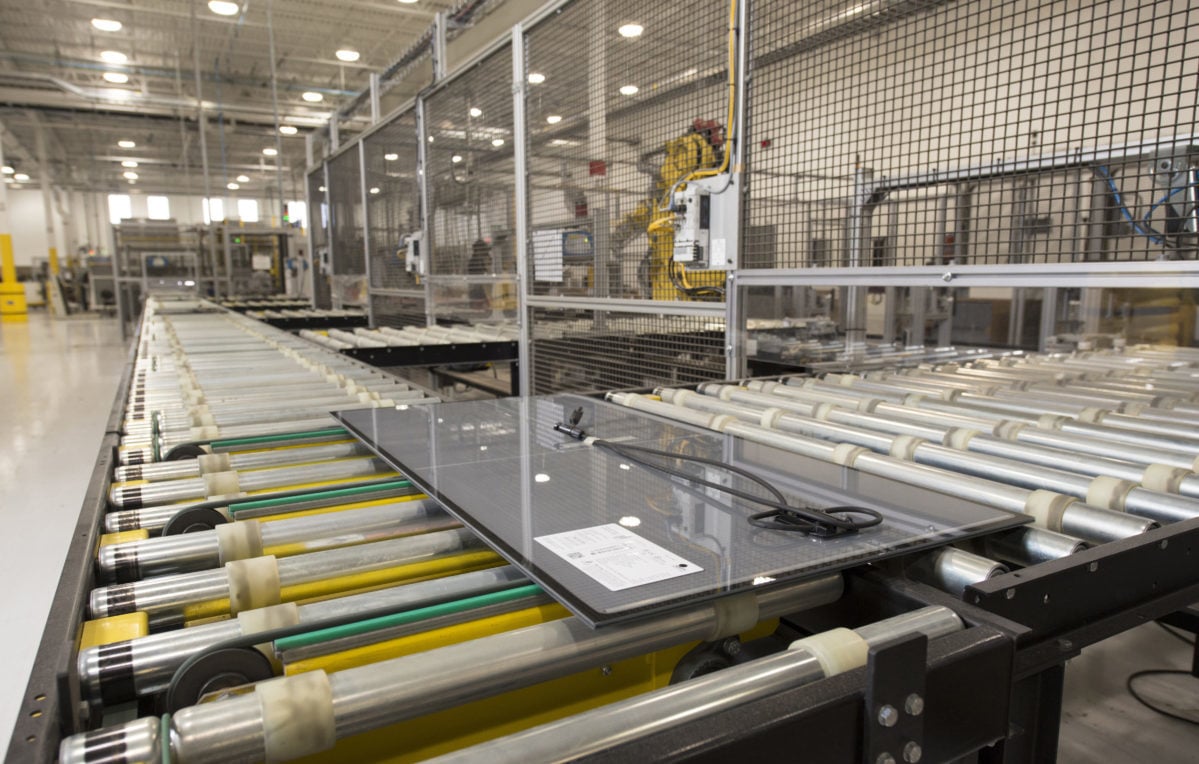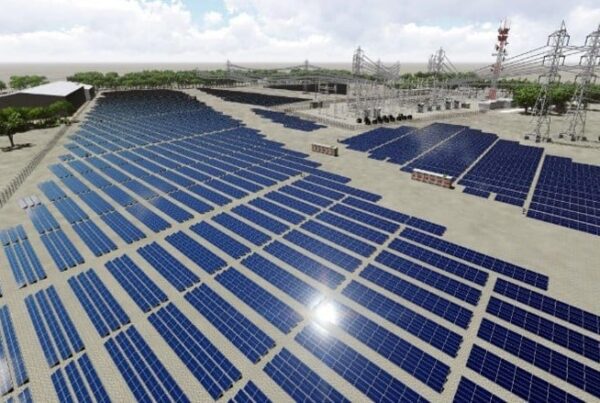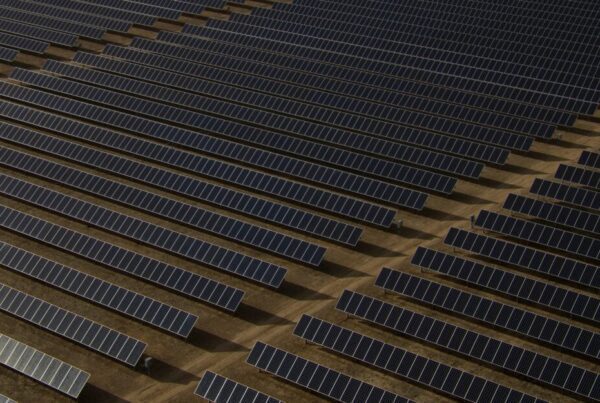
The US Treasury also introduced phase-out percentages starting from 2030, with component manufacturers receiving smaller tax credits each year for producing the same components. In 2030, the amount of credit will fall to 75% of the value generated prior to 2030, and the amount of credit will drop by 25 percentage points each year.
This means that eligible components sold during calendar years 2031 and 2032 can only enjoy 50% and 25%, respectively, of the initial credit amount. After 2032, the credit amount for eligible components will be reduced to zero.
“Today’s guidance from Treasury on the Advanced Manufacturing Production Credit gives the clean energy industry even more clarity and confidence to continue their momentum,” said John Podesta, senior advisor to the president for clean energy innovation and implementation.
Abigail Ross Hopper, president and CEO of the Solar Energy Industries Association (SEIA), said the guideline provides important clarity for American manufacturers that are awaiting the certainty to invest and create jobs.
“Companies that use contracted manufacturing facilities now have the flexibility to quality for the 45X production tax credit,” Hopper added.
The solar industry in the US also welcomed the announcement of the new guideline. Danny O’Brien, president of corporate affairs at Qcells, said: “We hope the administration will continue to prioritise US solar manufacturers by issuing future domestic content guidance that incentivises the entire solar supply chain.”
The guidelines will be open for public comment for 60 days before the publication of the final version by the Treasury.
PV Tech Premium recently talked to Carl Fleming, a Washington DC-based partner at law firm McDermott Will & Emery, about a tax credit transfer market for renewable energy projects unlocked by the IRA had started to thrive as predicted with several types of deals, including innovative hybrid deals now in play.
Prior to the latest announcement of the proposed guidance for the 45X Advanced Manufacturing Production Credit, some industry players said the domestic content tax bonus for solar projects under the IRA “makes it difficult for developers to attempt to access the 10% bonus investment tax credit (ITC)”.






